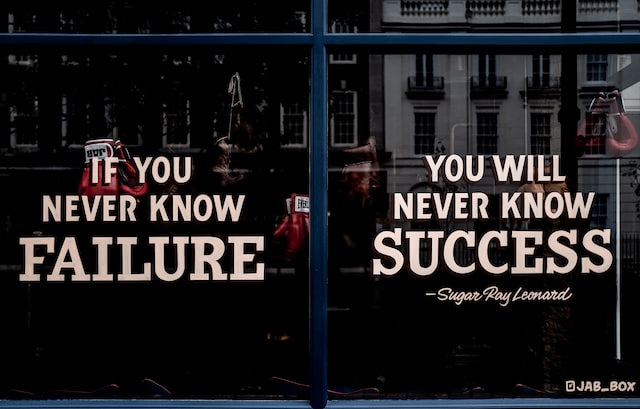When you are at the mid-point or nearing the end of your career, how can you fully embrace where you are, your gifts and value to others, and how can you leverage who you are with how you live going forward? What is the legacy of your leadership?
This is about embracing your lived experience and bringing it into the workplace. Find ways to emphasize the value of your wisdom rather than hide your lack of youth. Offer communication expertise by actively listening to others, which is ultimately much more important and valuable than talking. Demonstrate that you are focused on serving others.
Psychiatrist and talk-show host David Viscott writes, “The purpose of life is to discover your gift. The work of life is to develop it. The meaning of life is to give your gift away.”
When you reach a certain stage in life, it’s time to begin giving your gift away by shifting from an internal focus to an external focus.
Waiting to make this shift until just before you retire is too late as great leadership requires being less focused on you and more on others. To be a great leader is to serve others and the sooner you start doing this, the better for you and your organization.
Author David Brooks writes about the difference between what he calls resume virtues and eulogy virtues. Resume virtues are based on what you’ve done and are capable of doing as a professional. Eulogy virtues are what will be said about you at your funeral—based more on your character and who you were as a person.
According to Chip Conley, author of Learning to Love Midlife, the first half of life is often defined by the following mindsets:
- I am what I do (achievement)
- I am what others say about me (image)
- I am what I have (status)
- I am what I control (power)
This focus is all about the self and the ego. Early in one’s career this can be very beneficial as this provides the direction necessary to succeed. However, this ego focus needs to transition at midlife and beyond as this mindset is not sustainable.
“A number of recent studies show that general skills, especially soft skills that revolve around emotional intelligence are more durable than technical ones,” writes Conley. “So your greatest gifts may lie in the social skills that you’ve developed over a few decades in the workplace—the kinds of skills that can be learned and lived, but not taught. As a ‘modern elder,’ you have great value in the ‘invisible productivity’ you offer: the ability to not just be productive yourself, but to raise the productivity of your mentees and teams.”
As you reach midlife and into the later stage of your career, it’s a good time to adjust your mindset to one that is more in line with the legacy you wish to leave behind. Ask yourself:
- Is what I’m doing today aligned with who I am and how I want others to see me?
- What will be my purpose when I retire or shift to an encore career?
- How do I want to be remembered by the people I care most about?
- What is the reputation I have now and how will that remain or shift once I’m gone?
These are important concerns that shouldn’t wait until you retire as they help define how you show up as a leader today. Thinking long term is vital to leading your team or organization. And thinking long term is also important to how you lead yourself throughout the transitions in your life.
























